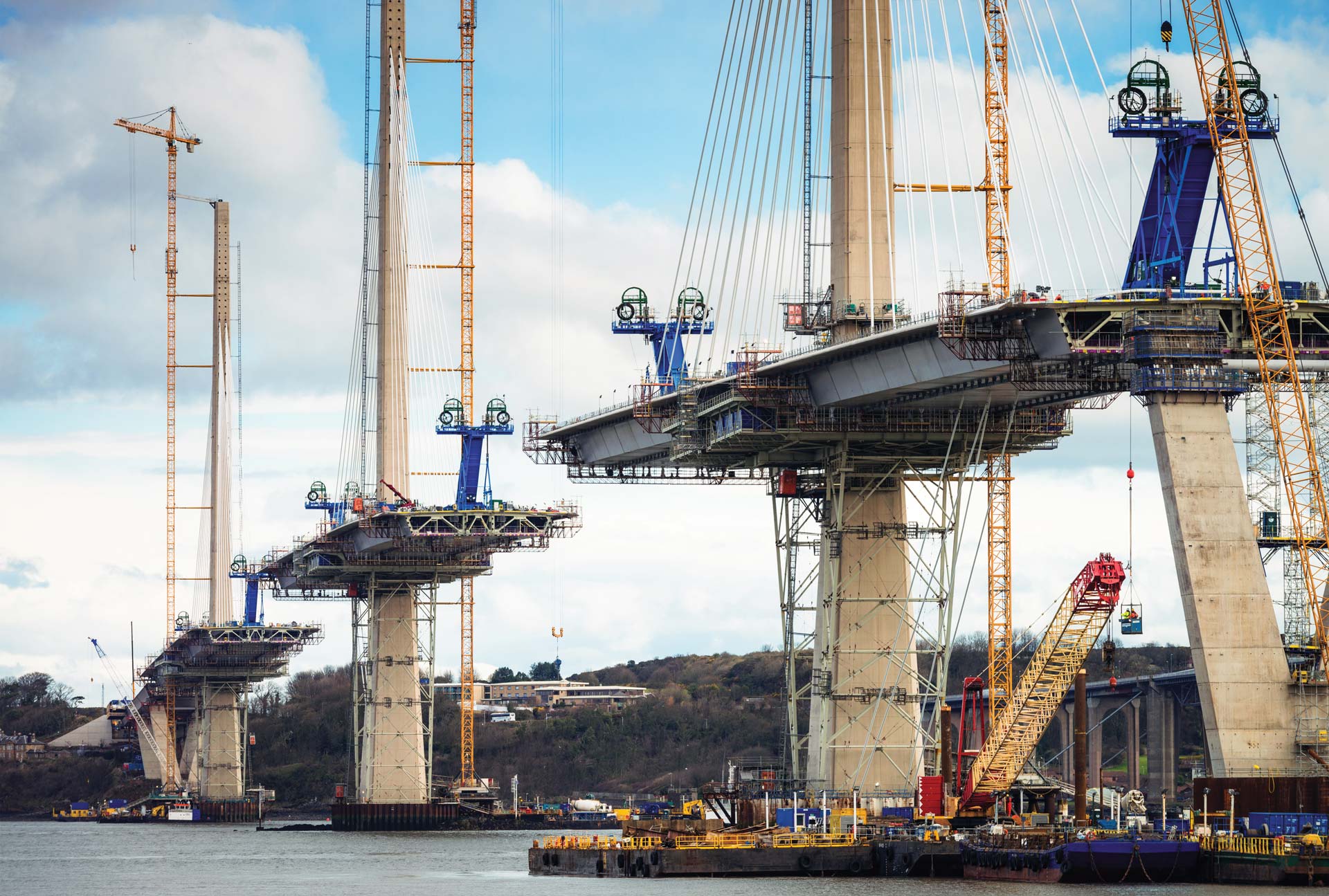Construction & built environment
Buildings are responsible for 36% of CO2 emissions in the EU and 40% of energy consumption. For this reason, one should look at the entire life-cycle of buildings and infrastructure, to constantly drive emissions reductions. In fact, buildings made with cement and concrete can further save CO2 over their lifetime.
To meet the 2°C Scenario of the Paris Agreement by 2050, the building sector, as a whole, needs to move towards full carbon neutrality. The Global Alliance for Buildings & Construction identified several levers available to achieve this, including: nearly-zero energy buildings (nZEBs), deep renovation, better building management, and production of low-carbon energy. Cement and concrete have a very significant role to play in each of these.
Concrete for efficient heating and cooling
Conventional buildings use 150-200 kWh/m2/year. By contrast, today’s concrete buildings, thanks to thermal mass, long-lasting air-tightness, and other measures, can be designed to use 50 kWh/m2/year or less 1. “Thermal mass” refers to concrete’s unique ability to store energy and release it over a daily cycle, leading to reduced energy for heating and cooling, and more comfortable indoor spaces. Thermally activated concrete, where heating or cooling is delivered through pipes embedded in the concrete, further enhances the thermal mass effect. Though the benefits of thermal mass vary according to the type of building and where it is located, it can lead to savings of between 5% for heating and 20% for cooling. In the case of thermally activated concrete, almost twice as much energy can be saved.
As Europe decarbonises its electricity supply by moving to renewable sources, and as buildings become increasingly heated and cooled by efficient, electrically driven heat pumps rather than gas, concrete offers the best way to take advantage of this low-carbon energy. This is because, as well as making buildings more energy efficient, the thermal mass of concrete buildings can be used to store energy and better match fluctuating renewable energy sources to demand. This is known as “demand response”.
A study by The Concrete Initiative2 showed that the flexibility provided by the thermal mass of buildings could lead to significant savings both at the level of the electricity grid (e.g. by a reduction of the need for excess capacity to cover demand peaks up to 50%) and at the level of individual buildings, with a resulting higher penetration of renewable energy and CO2 emission reductions (up to 25% CO2savings per structure).
Concrete structures to last
When it comes to renovation of existing buildings, concrete is the material of choice. Thanks to its durability, concrete structures can last several renovation cycles without the need to be rebuilt. This being said, it is worth remembering that overall renewal of the building stock to make it more energy efficient also includes rebuilding – which in many cases can be the preferable option from an economic, energy efficiency, and social point of view.
Smart concrete
The final lever, “better building management” includes both user behaviour and automation & controls. As in the example above, “smart” (automated) control of heating and cooling through thermally activated concrete, in communication with the smart electricity grid, is one of the best ways to manage supply and demand, and fully use all renewable energy produced.
Concrete for renewable energy production and low- CO2 transport solutions
The description of whole-life CO2 savings of concrete buildings above can also be applied to its use in infrastructure, thanks again to its durability and resilience. Concrete bridges and tunnels reduce emissions from vehicles, while much CO2-saving renewable energy infrastructure such as dams and wind farms would not be possible without concrete.
Innovative concrete solutions
If the construction sector is to become carbon neutral, technology and innovation for construction and use of the built environment need to play an important role. This is why, in addition to the more conventional contribution to reducing life-cycle emissions described above, the cement and concrete sector continues to innovate to increase the life-cycle CO2 savings.
For example, like other European industries and services, the construction sector could be expected to be transformed by digitalisation. From greater precision thanks to industrialised production and 3D printing, to supply chain optimisation thanks to the integration of chips, carbon emissions in the construction sector will be driven down further.
In addition, when thinking of the life of a building, architects also innovate to develop designs that allow for greater modularity of a construction. This means that a building could be adapted to new uses through its lifetime. Consequently, building elements, or even entire buildings, could become modular and re-usable. The use of solutions that reduce the amount of needed materials, reduce waste, and increase material efficiency, can be expected to increase. Concrete proves to be a material of choice for that purpose.
- Several pilot projects in Austria have demonstrated the effectiveness of using concrete to store excess energy produced when renewable energy was available thus taking full advantage of renewable energy peaks – allowing buildings to run year-round for virtually no heating costs!
- Concrete wall panels were re-used in the rehabilitation of the Kummatti housing estate in Raahe in Finland resulting in 36% savings in construction costs.
- Housing in Mehrow near Berlin includes reuse of precast concrete elements, from unwanted buildings that have been constructed using “Plattenbau” construction technique, for the construction of new houses. The project resulted in 30% reduction in costs and substantial reduction of the building’s CO2 footprint.
How can policy help?

- Continuously focus on driving down energy use by buildings in Europe through the implementation of the Energy Performance of Buildings Directive (EPBD) at national level, including accounting for thermal mass in energy performance calculations.
- Revisit, strengthen, and implement building regulations and specifications aiming at achieving carbon neutrality of the built environment over its entire life-cycle, including use phase and end-of-life of buildings and infrastructure applications.
- Take advantage of structural thermal energy storage when designing an integrated, smart, and decarbonised energy grid and building stock.

